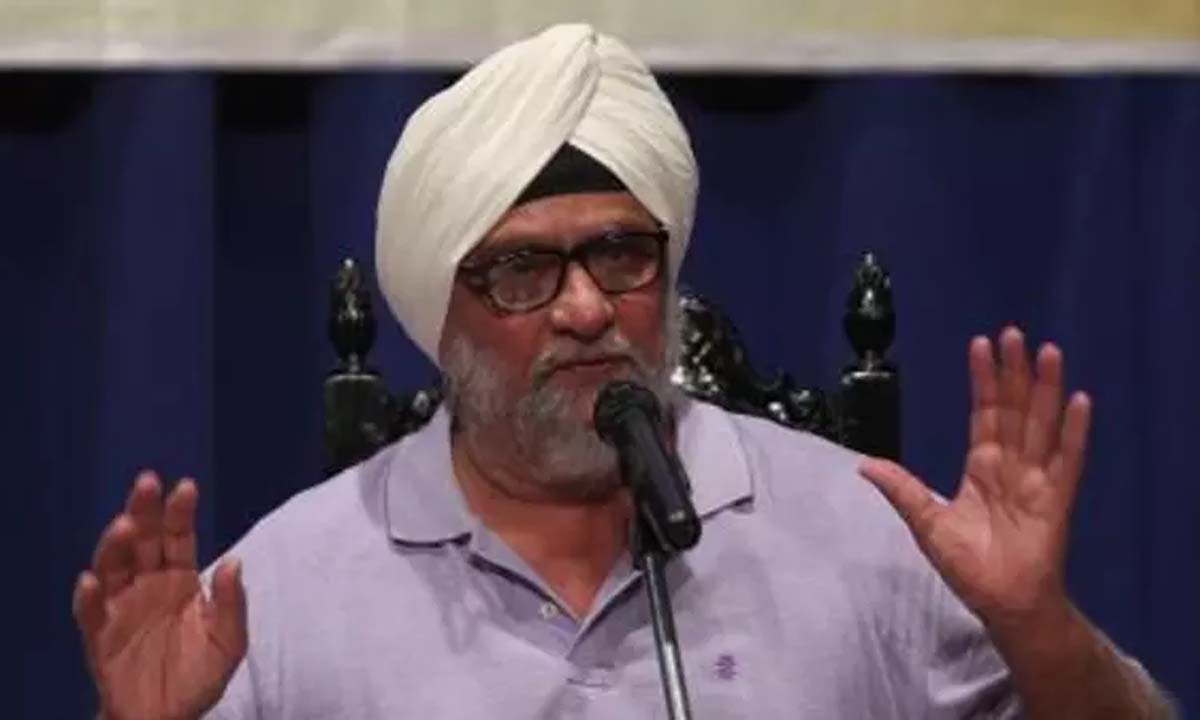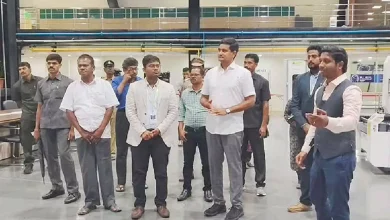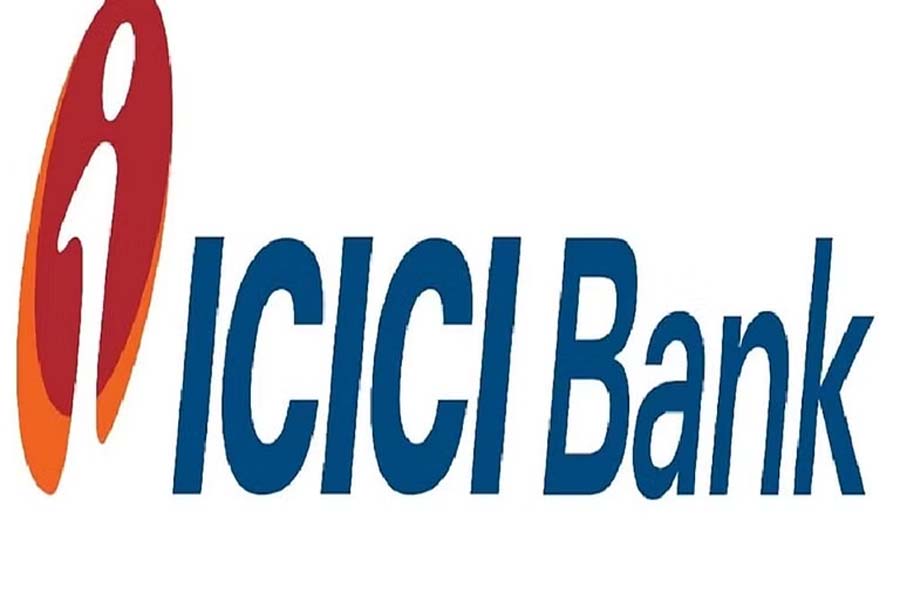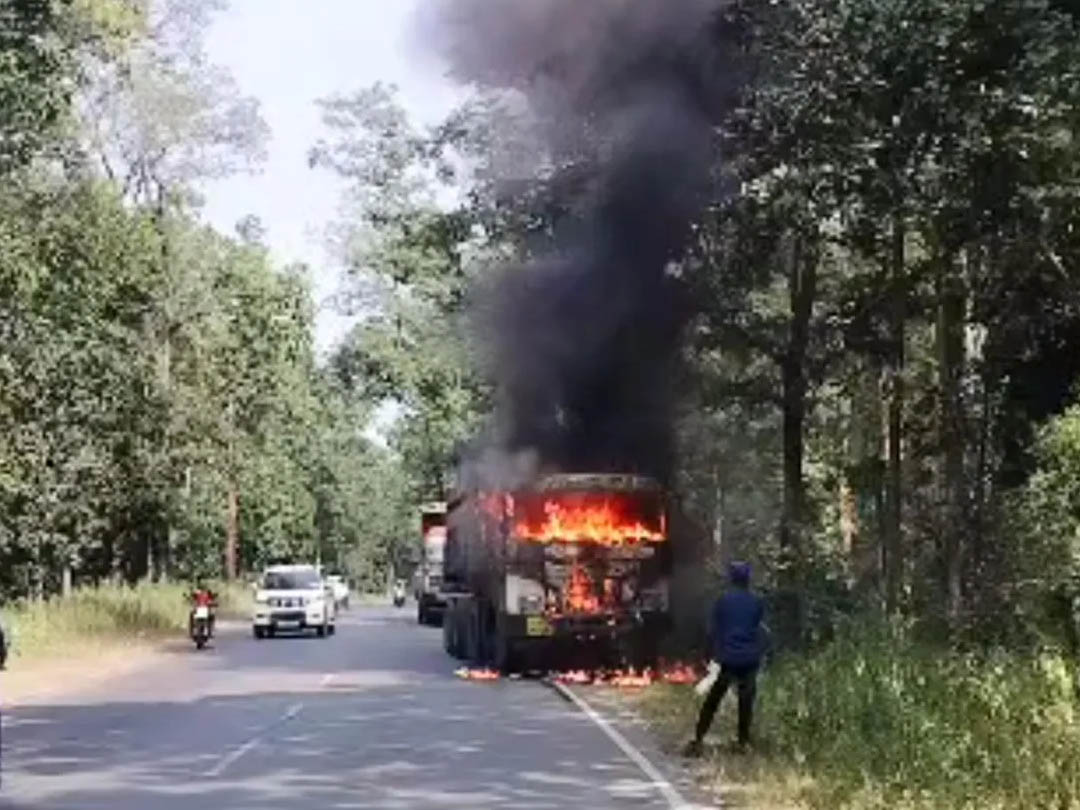Reckless ambulances set alarm bells ringing in Kerala

THIRUVANANTHAPURAM: Sujith Radhakrishnan, a resident of Ambalamukku in Thiruvananthapuram, vividly recalls his first experience with an ambulance. There was no emergency, and the ambulance was not for him. Instead, Sujith had hired one to take his elderly father home after a spine surgery. Little did he expect how harrowing the ensuing journey would be.
“The driver was a young lad. He put on the siren and whizzed past vehicles, jumping signals casually. There was no emergency, but the driver’s action made it seem like one. When I protested, he assured me there won’t be any issue. We reached home within 10 minutes, shaken to the core,” recounted Sujith.
In Kerala, where the frequency of road accidents, drownings, and snake bites is alarmingly high, ambulances are considered frontline responders, racing against time to save lives. However, in the absence of stringent regulations to govern them, this noble mission of theirs sometimes spirals into perilous situations, like on May 7, when a speeding ambulance carrying a patient rammed into a car at Talapady in Kasaragod. A man and his two sons who were in the car died.
One of the most pressing issues stemming from unregulated ambulance driving is the proliferation of reckless driving. Lack of clear guidelines and oversight means there’s a risk of drivers succumbing to the temptation of speeding, disregarding traffic rules, and engaging in other hazardous manoeuvres in a bid to reach their destinations swiftly. Such actions not only jeopardise the safety of patients and emergency responders but also pose a significant threat to other commuters.
“Anybody with a light motor vehicle licence can become an ambulance driver,” said an ambulance driver who did not wish to be named. “Most of the drivers are youngsters. The remuneration is low, but it is the thrill (of driving at high speeds) that gives them a high. The recent fad is to make reels for social media while driving at crazy speeds. These ‘ambulance reels’ are getting immense reach,” he said.
While others on the road largely accommodate the emergency nature of ambulance service and the latter’s ‘right of way’ privilege, there have been plenty of instances where the privilege has been misused. There is also the issue of fare. While an array of ambulances parked in front of hospitals is a common sight and provides an assurance about the service, lack of regulation or standardisation in fare can give nightmares to the needy. In fact, even Transport Minister K B Ganesh Kumar had voiced his frustration over how he was overcharged by ambulance drivers sought measures to regulate the service, standardise the fares and take action against erring drivers. The transport department had then formed a five-member committee to fix tariffs for ambulance services in Kerala.
There have been attempts in the past to regulate the services of nearly 9,000 ambulances registered in the state. However, almost always, there were differences over controlling the speed and the fare. “There are ambulances that operate like tourist taxis with high-decibel sound systems and flashy lights,” said T Elangovan, former executive director of the Kerala Road Safety Authority (KRSA). He also said ambulances should follow the same speed limit as others.
















